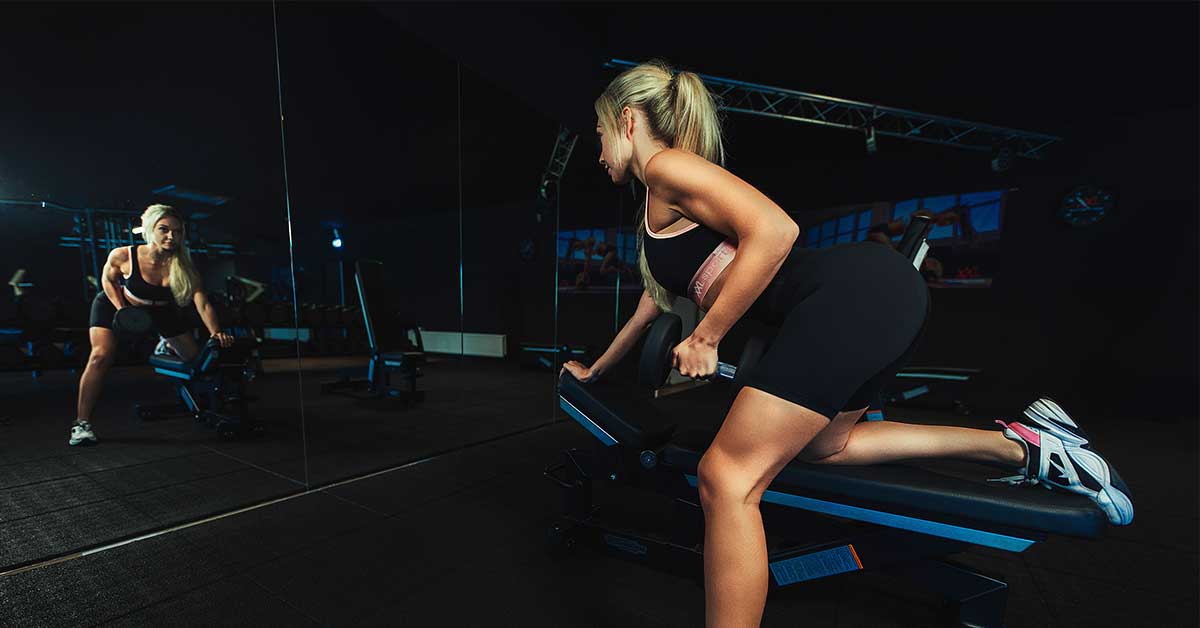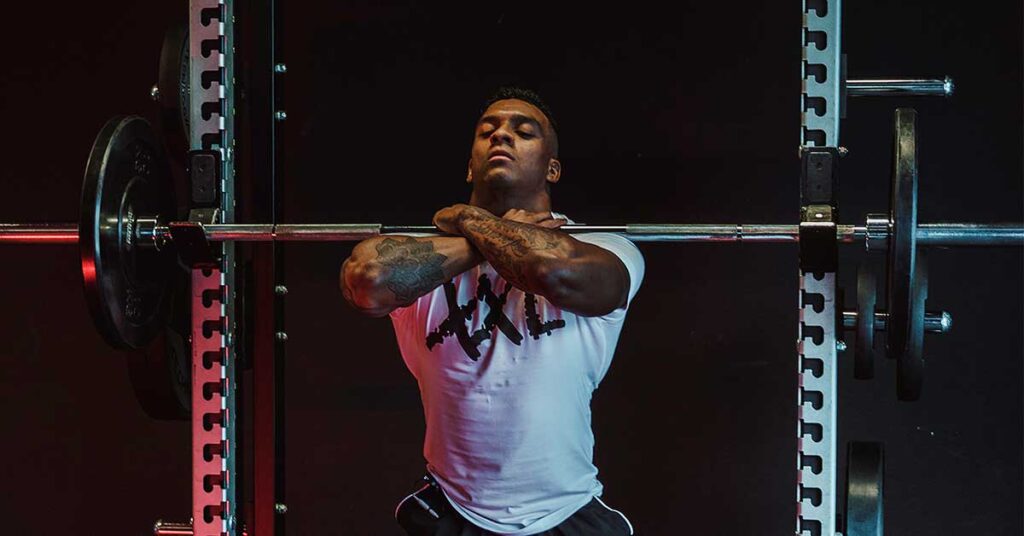
Exercise choice not so important for muscle growth? “Really!”, I hear most people think. Before commenting under the post that this is BS, please give me a chance to explain.
EXERCISE CHOICE LESS IMPORTANT
When do your quadriceps grow more: if you do a leg extension and stop when you can do 10 more reps? Or if you do a walking lunge until muscle failure? When does your chest grow the most: when you do the exercises at the beginning or at the end of the workout? And when does your back grow faster? If you do 4 sets every 2 weeks or 16 sets a week? What about rest between sets? Do your muscles grow better if you rest longer or shorter?
I hope you kind of feel where I’m going. Your training schedule must first comply with many other training principles, before the choice of exercises is discussed.
AFTER ALL IMPORTANT VARIABLES COMES EXERCISE CHOICE
The choice of exercises only has an effect on your result if almost all other training variables have been entered correctly. This applies not only to a muscle mass schedule, but to almost any other schedule. Only with powerlifting or weightlifting is the exercise choice higher on the list. Because there you will at least have to have the competition practice in your schedule (and preferably in the first place). For muscle growth you really only need to choose exercises that activate the desired muscle group and are the weak link in the exercise. By that I mean the muscle group that is responsible for not being able to do an extra rep if you train to failure. We start the exercise choice from easy to hard.
1. CHOOSE EXERCISES FOR THE RIGHT MUSCLE GROUP
An open door perhaps, but you will be surprised how often exercises are still misclassified. With more than 1000 exercises, this is of course no shame at all for beginners. You have to start doing exercises somewhere. If you want to grow your chest, opt for bench presses rather than pull ups. And your biceps will only grow a bit difficult if you do overhead dumbbell extensions, for example. So yes, if you have no idea what an exercise is for, exercise choice is very important!

2. MACHINE ISOLATION EXERCISES
I’m not saying it’s better to choose isolation exercises than multi-joint exercises, am I. Secondary isolation exercises mean that these are exercises where you can say for sure what the limiting muscle group is during the exercise. It is very difficult to smuggle on an isolation machine. During a leg extension you are 99.9% sure that you are failing because of your single-joint quadriceps. With what percentage of certainty can you say that these muscles are the limiting factor during the squat? So if you want to be sure that a certain muscle group gets a growth stimulus: choose a machine isolation exercise (and look at the picture next to the machine which muscle group you are training).
3. MACHINE MULTI-JOINT AND LOOSE ISOLATION EXERCISES
Also with machine multi-joint exercises (chest press machine, pull down, et cetera) and separate isolation exercises (biceps curl, cable fly, et cetera) you can also say with a relatively high degree of certainty which muscle groups you activate and which muscle group the limiting muscle groups. factor. During a multi-joint exercise, several muscle groups often receive a growth stimulus. However, there is only one muscle group that receives the greatest stimulus. And that is the muscle group that prevents you from doing an extra repetition. In short, with a multi-joint machine it becomes a bit more difficult to determine which muscle group is trained the most.
4. MULTI-JOINT EXERCISES WITH FREE WEIGHTS
With multi-joint machine exercises it became a bit more difficult to identify the limiting muscle group, let alone with multi-joint exercises with free weights. For example, which muscle group makes you fail during a clean and press. Through your legs? Your core stability? Or your shoulders? All three muscle groups are trained, but one more than the rest. The same goes for bench press. Are you failing at the bottom, in the middle or at the top? Do you do the bench press before or after a triceps extension? This is where your knowledge of biomechanics becomes a lot more important. In other words, it becomes more difficult to choose which exercise to do for which muscle group.
You also have to deal with the persistent Bro-Science here. Whether you do a flat, incline or decline bench: with all three exercises you train the chest almost equally. And with the incline bench, your upper chest doesn’t grow any more than with a flat bench press, for example. I’m not saying you shouldn’t opt for multi-joint exercises. In my book you can read that you would do well to do a lot of multi-joint exercises. This is purely about the difficulty of exercise choice.

HOW MANY EXERCISES AND EXERCISE ORDER?
This article is purely about the choice of exercises. How do you choose exercises that give your desired muscle group a growth stimulus? Provided your schedule meets all other (more important) training principles. How many exercises and sets you can do best or how to put exercises in succession, we will discuss that in another article.
